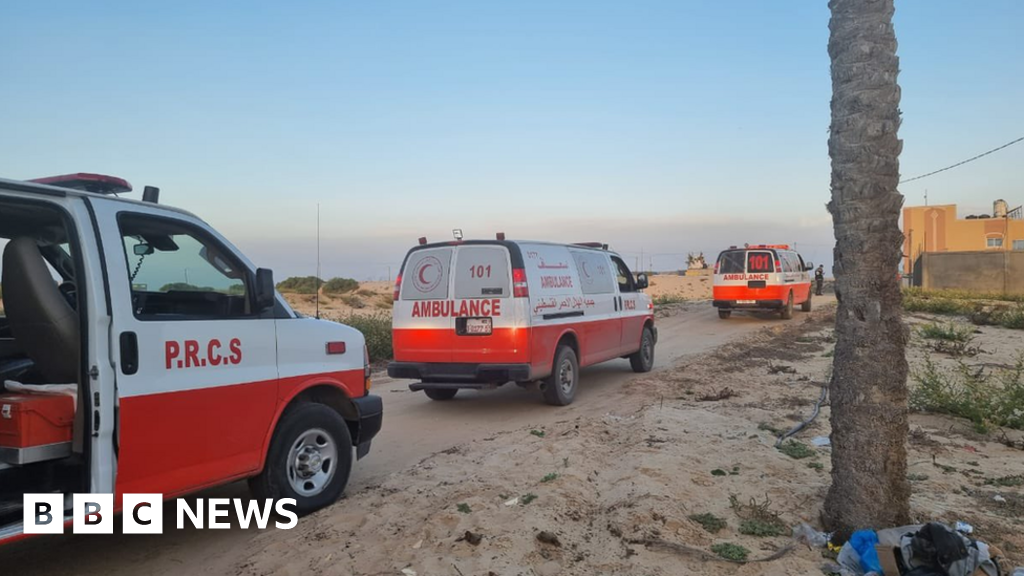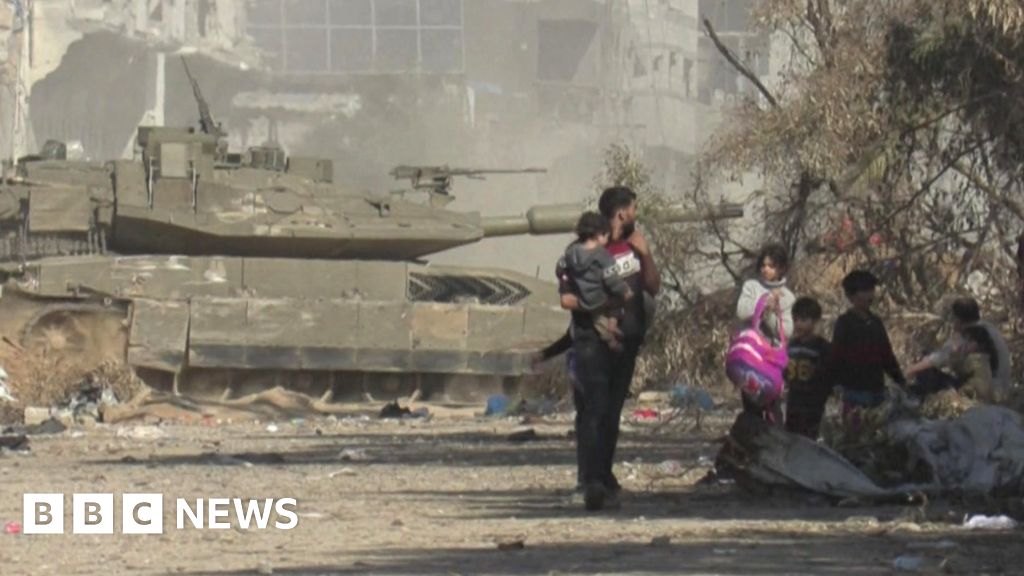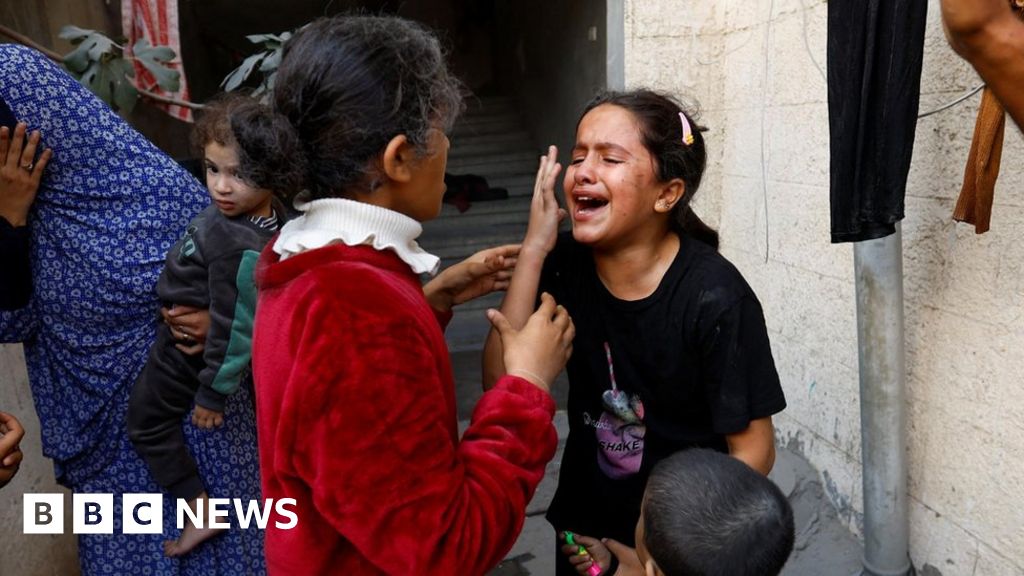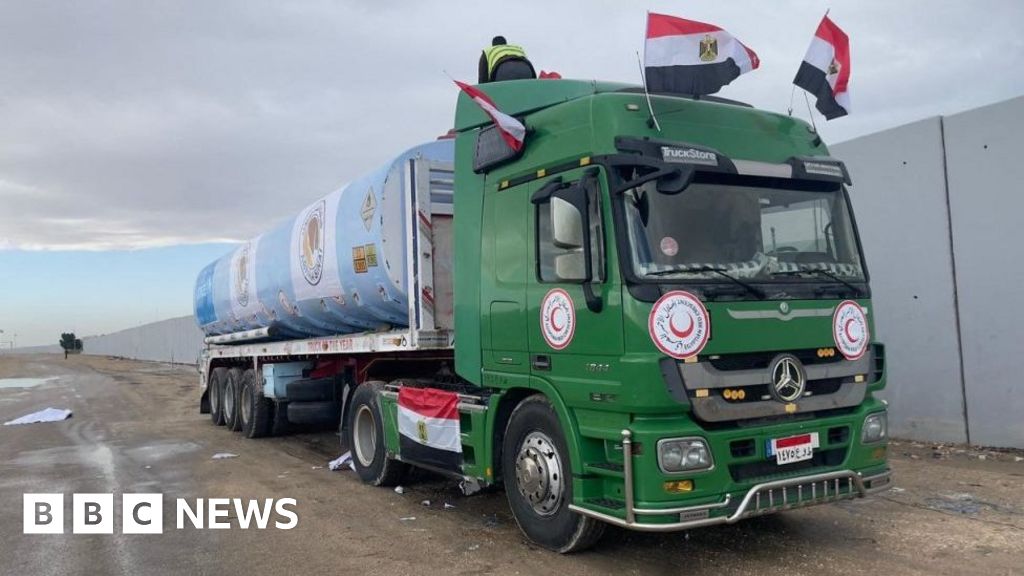[ad_1]
Efforts to extract an American explorer who became ill more than 3,400 feet underground in a cave in southern Turkey expanded on Friday, as international rescue teams installed communications equipment and blasted open narrow areas to allow the passage of a stretcher, officials involved in the rescue said.
The caver, Mark Dickey, 40, was part of an expedition exploring the Morca cave in southern Turkey when he suddenly suffered from abdominal bleeding last week. Unable to communicate from underground, one of his colleagues made the arduous, hourslong climb to the surface and sounded the alarm last Saturday.
In the days since, more than 180 people from eight countries, including Turkey, Hungary, Bulgaria, Ukraine and the United States, have joined the rescue effort, many of them camped out near the cave’s opening in a remote part of the Taurus Mountains in Turkey — and up and down the cave itself.
Mr. Dickey’s medical condition and the depth and confines of the cave will make his rescue a highly complicated logistical feat.
“This is one of the most difficult cave rescue operations in the world,” Recep Salci, the head of the rescue department for Turkey’s national disaster relief organization, said in a phone interview on Friday.
Helicopters have airlifted supplies, including food, water, medicine and blood, to the mouth of the cave, where cavers must carry them down on ropes. To facilitate communication, a phone line has been run down the cave, and rescuers from Croatia are installing a wireless texting system called Cave-Link as a backup.
While teams have reached Mr. Dickey and medics have given him blood transfusions and medicine, other cavers have used explosives to widen narrow passages to facilitate his exit. Doctors are expected to greenlight his evacuation on Friday night or Saturday morning, Mr. Salci said.
But the process will be arduous. While a fit, experienced caver could take 15 hours to reach the surface from Mr. Dickey’s location at a camp about 3,400 feet below the surface, the trip on a stretcher could take three or four days, Mr. Salci said. Mr. Dickey will have to be transported by other cavers with safety straps or on a stretcher.
“He cannot make it alone,” Mr. Salci said, adding that Mr. Dickey had lost three liters of blood. “He went through a lot.”
His rescue could take longer. In 2014, when a cave explorer in Germany was struck in the head by a rock only a few hundred feet deeper than where Mr. Dickey is, it took 11 days, 10 hours and 40 minutes for rescuers to get him out.
Mr. Dickey’s medical situation appears to have stabilized. In a video filmed inside the cave on Wednesday and later released by Turkey’s state-run Anadolu news agency, Mr. Dickey, wearing a red puffy coat and headlamp, said that before medical help arrived, he had felt “very close to the edge.”
He thanked the Turkish government for its help and expressed his hope that the rescue effort would serve as an example of international cooperation.
“As you can see, I’m up, I’m alert, I’m talking, but I’m not healed on the inside yet, so I’m going to need a lot of help to get out of here,” he said.
Mr. Dickey is the head of the medical committee of the European Cave Rescue Association, which said he was highly experienced and had participated in many such expeditions around the world. He also does cave rescue training for groups in the United States.
The Morca cave is Turkey’s third deepest cave, at 4,186 feet.
The outside world was first alerted to Mr. Dickey’s ordeal on Saturday, when one of his colleagues reached the surface and notified international rescue teams.
Over the next several days, communication was a major challenge, said Yaman Ozakin, a spokesman for a rescue team affiliated with the Speleological Federation of Turkey. It took about 25 hours to get messages between the cave and the surface, because cavers had to carry them all the way up and down.
The phone line was set up on Thursday, the federation said on its website, and the wireless backup was being installed.
The cave has been divided into sections, with different rescue crews assigned to install lines to lift the stretcher in each portion, the federation said. The Turks are near the top, followed by the Hungarians, Poles, Italians and Croatians. The Bulgarians are covering the final stretch to where Mr. Dickey is.
Mr. Ozakin said the size and complexity of the operation meant that all of the teams needed to cooperate closely. But a deep sense of camaraderie is motivating the cavers.
“Caving is a very small world,” he said. “The people who do it are the ones who really love it.”
[ad_2]
Source link

















































